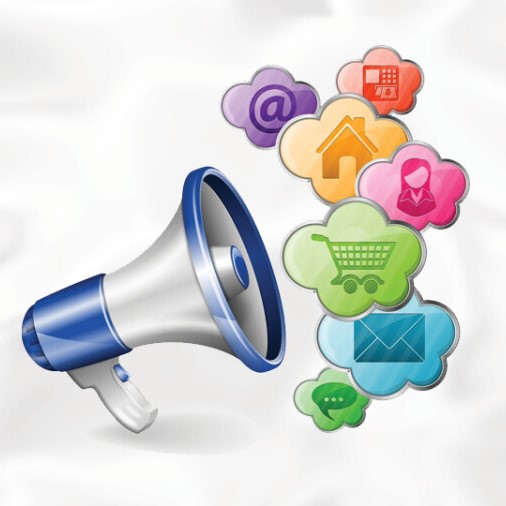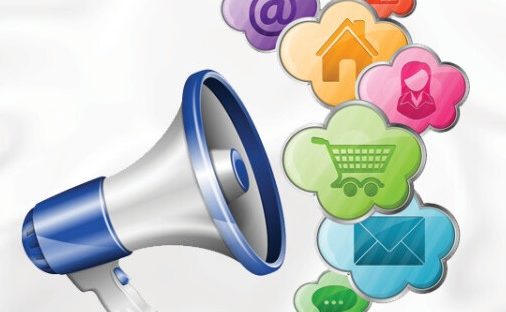
We’re all familiar with the age-old question, “If a tree falls in a forest and no one is around to hear it, does it make a sound?” When it comes to running a successful business, we might ask: “If a new product drops into the market and no one knows about it, does it make an impact?” Unfortunately, the answer is pretty self-evident.
Every year the adult retail industry is flooded with new shops, products and businesses but many — even some very good ones — don’t last long. Why? Often, simply because consumers don’t know about them, or at least don’t hear about them nearly as much as their competitors. That’s where the power of marketing comes in. Our topic for today: What is marketing, why does it matter and how can you do it well on a budget?
What Counts as Marketing
Marketing is the process or business of promoting and selling goods or services. The key word there is “promoting.” Marketing can be anything that makes literal or figurative noise and grabs the attention of potential customers. This can include traditional forms of advertising like print or digital ads, video commercials and radio spots, or it can mean putting a brand logo on merch and swag to boost name recognition.
Sometimes marketing involves unconventional means of attracting attention, with brands turning to social media and PR stunts meant not to promote their product so much as stir outrage or intrigue.
Whatever the method — in-store signage and displays, social media posts, contests, email blasts, brand ambassadorships, influencer campaigns and more — as long as it gets people seeing and talking about your brand or product, it can be considered marketing.
Collaborative Marketing
Retailers, when it comes to marketing products and brands to your shoppers, you are not on your own. Your suppliers also stand to benefit from you making sales and as such, many are ready, willing and able to provide marketing assets in both physical and digital form.
Many manufacturers and suppliers have physical assets available to help promote their product lines, including signs, window clings and shelf talkers. Anything you might have in your store that can inform shoppers of selling points, features and usage without them having to ask a sales associate is a high-value marketing tool — and the more eye-catching and engaging it is, the better.
Even giveaway “swag” items like T-shirts, pens, phone cases or bonus gifts with purchase may be available to draw in and incentivize shoppers. Don’t hesitate to ask your suppliers about what physical assets might be available for which brands, so you can incorporate that into your buying decisions. If you’re looking for something that might not be available from your supplier, there’s no reason not to reach out and make a request; your suggestion might actually inspire the manufacturer to get creative with the merchandising and marketing assets they make to support their brands.
When it comes to digital promotion, there is a lot of room for creativity and experimentation because it is a less tangible, less permanent form of marketing. Digital assets can be anything from ads that can easily be incorporated into email blasts, to online contests and collaborations with complementary brands — think stroker brand plus lubricant brand. With the power of so many social media sites, stores and manufacturers alike can create entire stories that hook viewers in and keep them engaged without even having to show the actual product on screen. We have to get creative to work around social media censorship!
Some companies even keep their digital assets readily available and easily accessible. At Blush, we use Brandfolder, which gives our customers convenient access to thousands of assets, including product lifestyle images, videos, social content, web banners and more. Making digital assets readily available helps make that part of the marketing process easier, and helps retailers promote our products using the messaging and visuals we prefer. It’s a win for everyone.
Tools for Effective Marketing
Make sure you know what tools are available to make your marketing easier and more effective. For instance, we just talked about using Brandfolder to make marketing assets available to customers; a digital “hub” like that can be very beneficial. In addition to helping stores market products more effectively, it saves administration time and energy as we don’t have to respond to individual emails requesting marketing support. It’s all there whenever someone needs it. For manufacturers and distributors, having something like Brandfolder in an easy-to-find location on your website can make a world of difference.
When you want to create custom content for visually stunning email blasts or eye-catching social media posts, digital art software like Canva is a terrific tool. It allows even the most amateur users to create quality content. With thousands of pre-made templates for flyers, web banners, social media posts, catalogs and more, most of the hard work is already done for you. Plus it’s user-friendly and easy to navigate, which makes creating your own custom marketing assets feel within reach.
Up Your Marketing Game
If you want to take your marketing to the next level, the most important thing you can do is know exactly what your needs are. Do you need displays or something physical for shoppers to interact with? Is your brand or website missing eye-catching digital imagery or banner ads that entice clicks? Both? Something more? Knowing your needs and your goals is the first step, followed by identifying which items might already be available or could be generated by your supplier. When in doubt, flexing your own design muscles with the help of pre-made templates helps save time and energy without requiring too much design prowess.
For adult manufacturers and retailers, it can be hard to make our voices heard and our products visible in such a huge market, especially with so many censorship barriers. But collaborating, co-creating and co-promoting can help us all succeed together.
